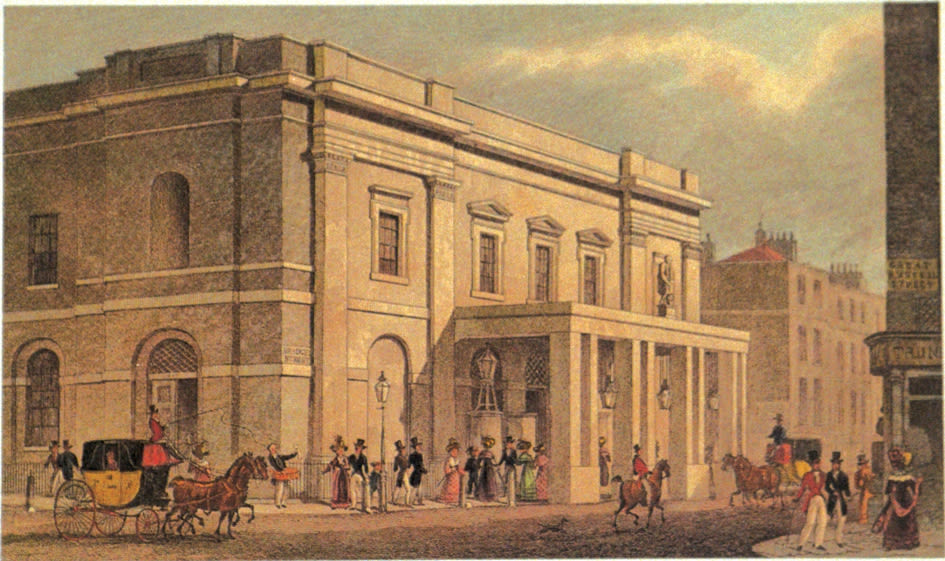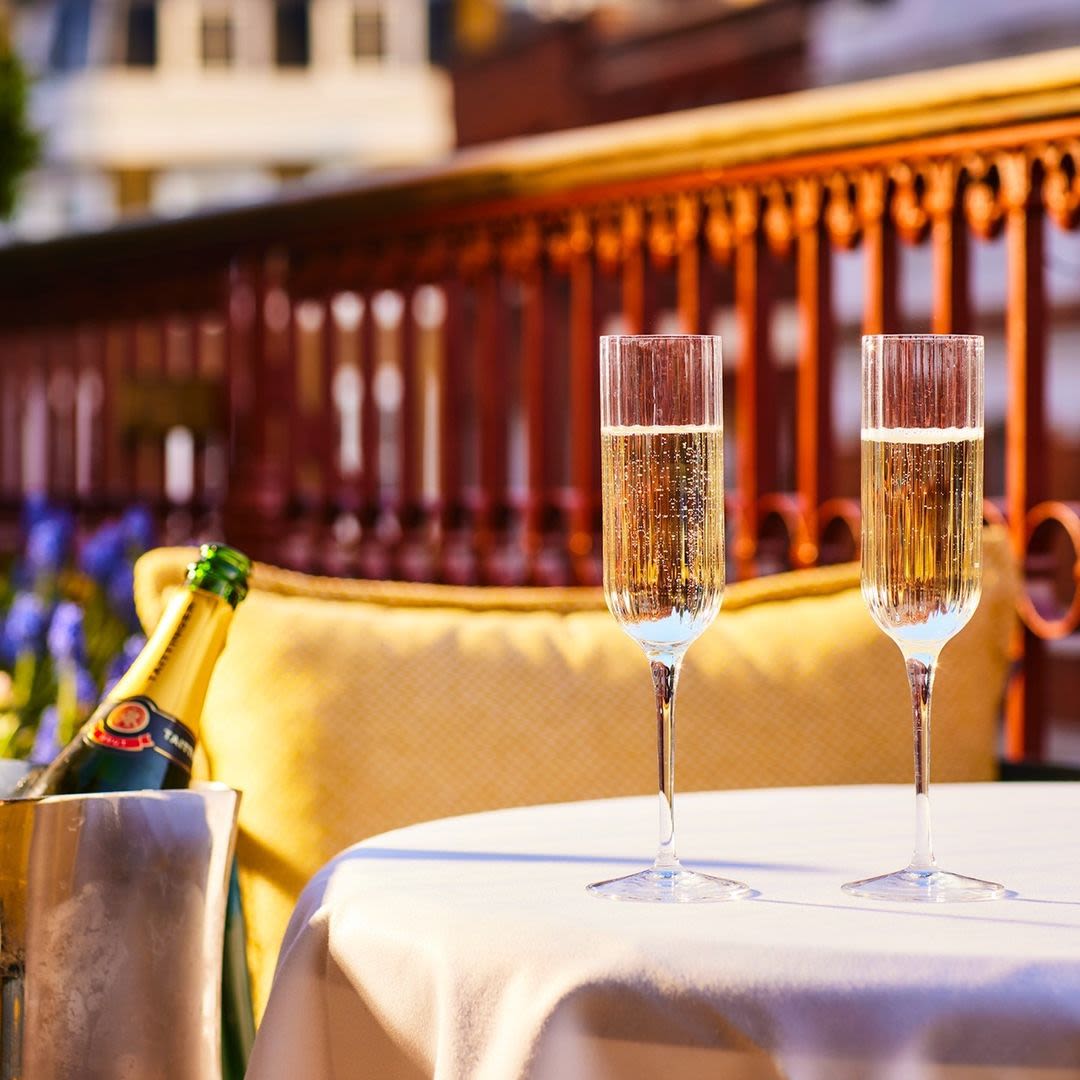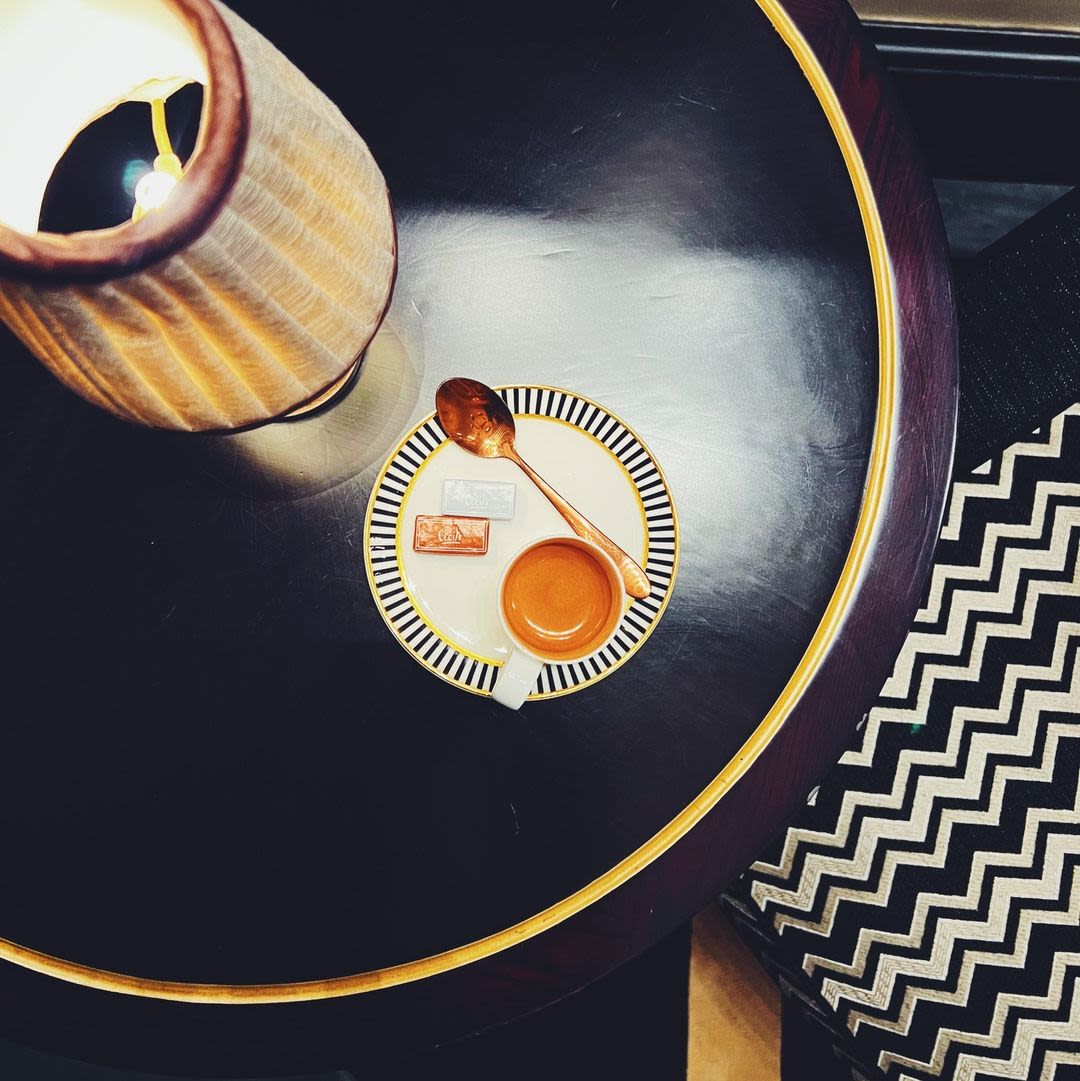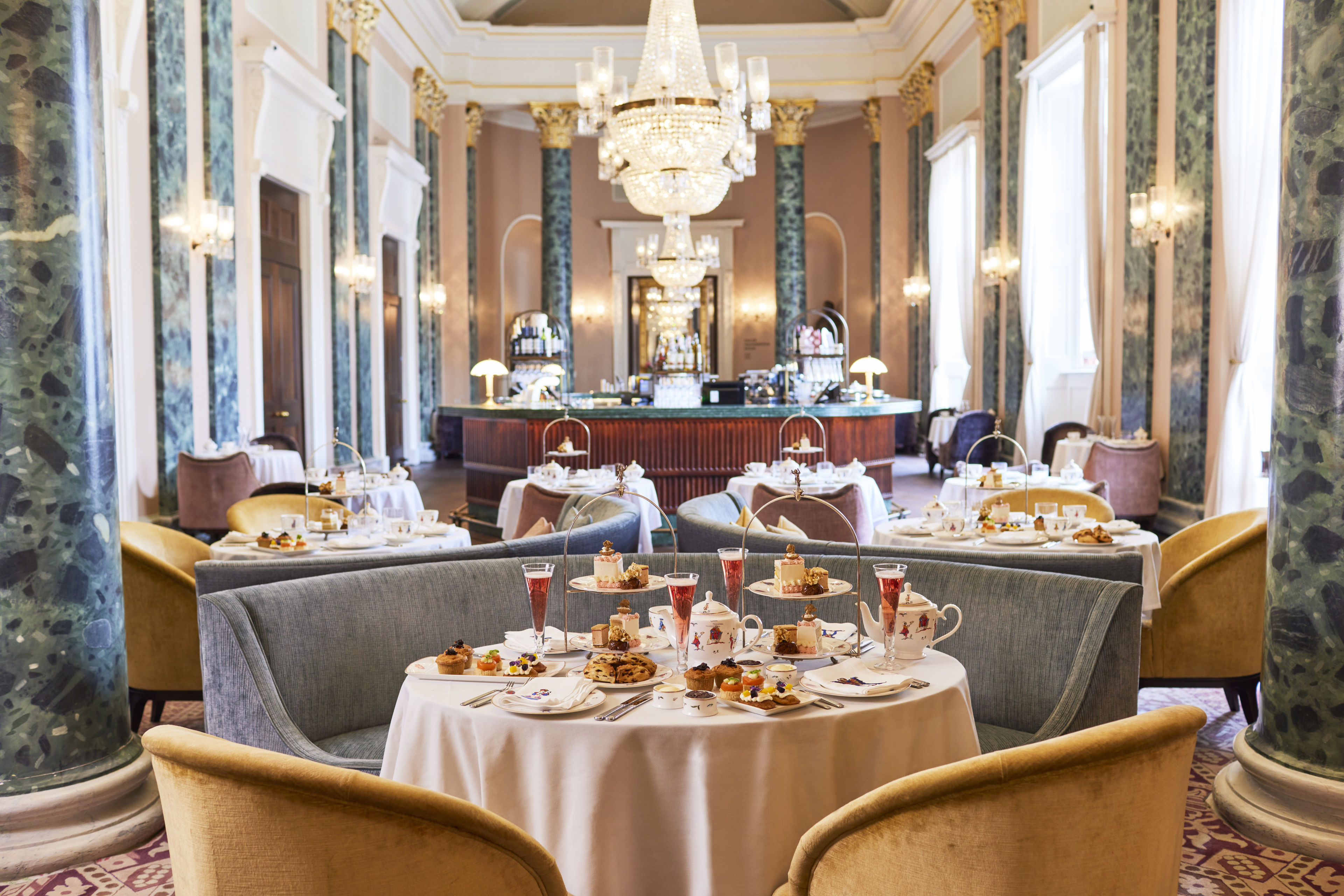Theatre Royal Drury Lane and The Regency Period

The Regency period was one of the most decadent eras in British history. Out went the remnants of puritanism and the winds of a new libertarian freedom blew in cultural innovations and a challenge to push the boundaries in the world of the arts.
As the favourite theatre of both King George III and his son, the Prince Regent (latterly King George IV), Theatre Royal Drury Lane found itself at the centre of this artistic revival.
The Regency period dates from 1795 to 1837, covering the reigns of George III, George IV and William IV, but the most important years (and some would say the real Regency) are 1811-1820, when George III was deemed incapacitated and confined to Windsor Castle with alleged madness (though, more likely, Porphyria and Bipolar Disorder) and his son was pronounced Prince Regent; or Monarch, in all but name.
The relationship between the King and the Prince ranged from antagonism to outright hatred, famously demonstrated in the rotunda of Theatre Royal Drury Lane one evening. King George was waiting to see a play when the Prince staggered in, drunk as usual. The King was so angry by his son’s repeated drunken behaviour in public that they found themselves in a very public disagreement and scuffle in front of the theatre staff. The Prince was banished to the box on the other side of the auditorium, meaning Theatre Royal Drury Lane became the only theatre in the world with two royal boxes.
During the Regency period, Covent Garden began to return to a status of gentrification. Two incarnations of The Lane span this period. Firstly, Richard Sheridan’s massive 3600-seat building, which opened in 1794. At the time it was the largest building in Europe. Sheridan, already famous for penning world-wide hits such as The Critic, The Rivals and School For Scandal, introduced major new technical facilities that allowed spectacle such as the stage being completely flooded to become a massive lake. Very aware of the danger of fires, Sheridan had the world’s first iron safety curtain built. Unfortunately, no one checked the mechanism and his vast theatre burnt to the ground in 1809, leading to Sheridan’s most famous quote. As he took a drink in a pub opposite his burning theatre, an idiot approached him and said, ‘Mr Sheridan, what are you doing’? Sheridan answered, ‘Surely a man may take a glass of wine by his own fireside’?
After the fire, his debts totalled over £436,000. So, in stepped the brewer, Samuel Whitbread, who raised the money to pay off most of Sheridan’s debts and leave enough to build Benjamin D Wyatt’s beautiful new theatre which opened in 1812 and spawned a new generation of actors, all dispensing with the old, studied way of acting, and producing performances full of excitement and dynamism.
In 1814, Edmund Kean, a penniless Irish actor, was given the chance to play Shylock in The Merchant Of Venice. Only 200 people watched the first act but, at the interval, they had become so enthralled by Kean’s performance that they ran into the streets to let everyone know how good he was. This resulted in 2000 tickets being sold for the rest of the play and the Press inventing the phrase Overnight success.
Joey Grimaldi, who invented the modern clown, began what we now recognise as pantomime. He took the mimed performances of Commedia Dell’Arte, added dialogue and based the stories on fairy tales. Grimaldi was a workaholic and often performed two plays a day. His ghost still haunts the Lane, where actors will feel a kick up the backside if they’re not giving their all onstage.
These two were joined by the likes of Sarah Siddons (the greatest tragic actress), Charles Kean (Edmund’s son) and William Macready, the first actor to ever receive a curtain call, all giving breath-taking performances which, together with the state-of-the-art stage machinery, created a new era in theatrical achievement.
The Regency period was the launchpad of a new artistic freedom and Drury Lane became a leading player in this renaissance, leaving us a legacy of innovation and the building that remains to this day.
This article was written by David Kerby-Kendall, our Tours Supervisor and creator of our Theatre Tours.
Want to know more? Book a tour here.




